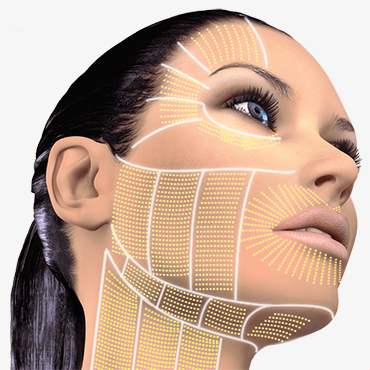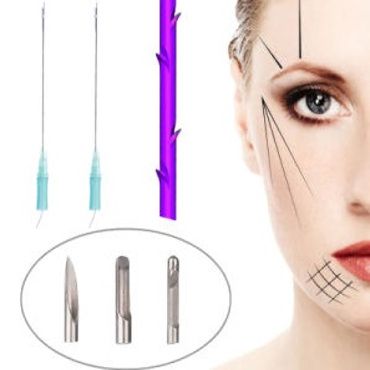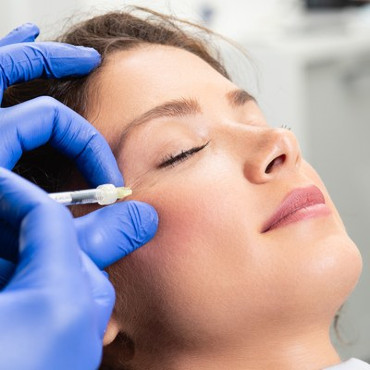Injectables and Fillers near Dearborn Michigan
Looking for injectables and fillers near the Dearborn MI area? MI Body Contours & Cosmetics offer dermal fillers treatments with no downtime. Conveniently located at 17000 Executive Plaza Drive, Dearborn MI 48126. For a consultation, call us at (313)846-7987 or simply make a request online.
Dermal Fillers Educational Video
What are injectables and fillers?
Facial cosmetic injections, including dermal fillers and Botox®, are popular plastic surgery options today. If you want fewer lines and wrinkles, but don’t want surgery, they may be right for you.
Injectables are used to relax facial wrinkles and folds (such as “smile lines”), contour the body (such as reducing the appearance of a “double chin”), and improve the signs of facial fat loss by creating structure, framework, and volume to the face and lips. There are different types of injectable procedures that improve various areas of concern.
 There’s no denying that more and more people are getting cosmetic injections—botulinum toxin injections alone (Botox, Xeomin) increased a whopping 759 percent between 2000 and 2015.
There’s no denying that more and more people are getting cosmetic injections—botulinum toxin injections alone (Botox, Xeomin) increased a whopping 759 percent between 2000 and 2015.
Despite their growing popularity, there’s still a lot of contradictory information surrounding these beauty shots. “Everyone knows about injectables, but lots of people come in with preconceived notions,” says New York City dermatologist Paul Jarrod Frank. To help clear up the confusion, here’s the real deal on what’s true and what’s an urban (beauty) legend.
Injectables: Fact or fiction?
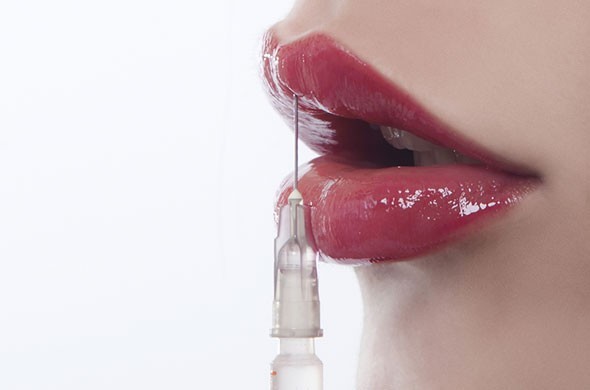
FACT:
Hyaluronic acid fillers also have proven long-term, anti-aging benefits. A 2007 study from the University of Michigan showed that the injection of non-animal-derived, stabilized hyaluronic acid (found in fillers such as Versa and Juvéderm) and Radiesse stimulated collagen production. “None of this means that you should start getting injections at age 19. The time to start is when something starts to bother you, but it's good to know that it's not only therapeutic but will also prevent wrinkle development over time,” adds Frank.
FICTION:
Getting injected will make you look like you’ve had “work” done. "It’s not what’s done, it’s how it’s done," says Frank. "You only notice the bad work." The overly  taut, terrifyingly smooth foreheads of Hollywood starlets or bizarrely large duck lips of real housewives are examples of excess. "There are too many examples of people who accidentally or purposely look like they had too much work done," says Frank. To maintain a natural appearance, it’s about rejuvenating your looks, not making you look different. Find an injector who is experienced and understands anatomy and the natural proportions of the face, and no one has to know that you’ve gone under the needle.
taut, terrifyingly smooth foreheads of Hollywood starlets or bizarrely large duck lips of real housewives are examples of excess. "There are too many examples of people who accidentally or purposely look like they had too much work done," says Frank. To maintain a natural appearance, it’s about rejuvenating your looks, not making you look different. Find an injector who is experienced and understands anatomy and the natural proportions of the face, and no one has to know that you’ve gone under the needle.
FICTION:
There’s a set amount of time that each injectable lasts. "People believe there’s a set time limit, but that’s the biggest misconception. Articles and ads make sure to say 'it lasts up to,'” says Frank. It's not a hard-and-fast guarantee that the same will hold true for you. It simply means that when it was being tested, this was the longest it lasted. Many factors affect the longevity of the results, including which product is used and where it’s injected in the face. Rather than getting hung up on a set time frame, Frank suggests focusing on when you notice the effects starting to wear off and use that as a guideline. And it’s better to come in more frequently for subtle tweaks rather than book a yearly appointment where you do more. “Not only does this make for a more natural result, but it also spreads out the cost and minimizes any trauma to your face.” And when it comes to toxin injections, if you initially do them more frequently, you’ll eventually be able to use less and go longer in between, says Bowe: “If you go every three months the first year, you start to lose that muscle memory that creates the wrinkle. Over time, you’ll be able to stretch it out to every four or six months."
FACT:
These products are safe. It’s understandable how the idea of deliberately injecting a known toxin into your body can seem dangerous. But botulinum toxin was first approved by the FDA in 1989 to treat crossed eyes and spasms of 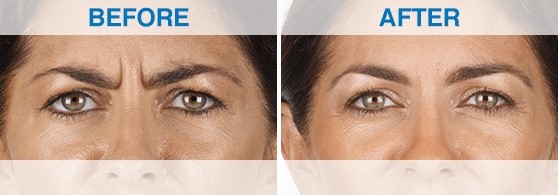 the eyelid, and it's been used cosmetically for almost three decades. “People also worry about allergies, but you’re more likely to have a reaction to a vitamin or a tea that you buy in a natural-food store,” says Bowe, who says an allergy to neurotoxin is rare (though she adds that anyone with extensive drug allergies should be sure to mention this to their injector). And fillers like Restylane, Juvéderm, and Belotero use a stabilized form of hyaluronic acid, a sugar molecule. To further ensure your safety, however, it’s essential to only go to reputable and well-trained dermatologists and plastic surgeons who are using the actual, FDA-approved products. To that point…
the eyelid, and it's been used cosmetically for almost three decades. “People also worry about allergies, but you’re more likely to have a reaction to a vitamin or a tea that you buy in a natural-food store,” says Bowe, who says an allergy to neurotoxin is rare (though she adds that anyone with extensive drug allergies should be sure to mention this to their injector). And fillers like Restylane, Juvéderm, and Belotero use a stabilized form of hyaluronic acid, a sugar molecule. To further ensure your safety, however, it’s essential to only go to reputable and well-trained dermatologists and plastic surgeons who are using the actual, FDA-approved products. To that point…
FACT: You get what you pay for.
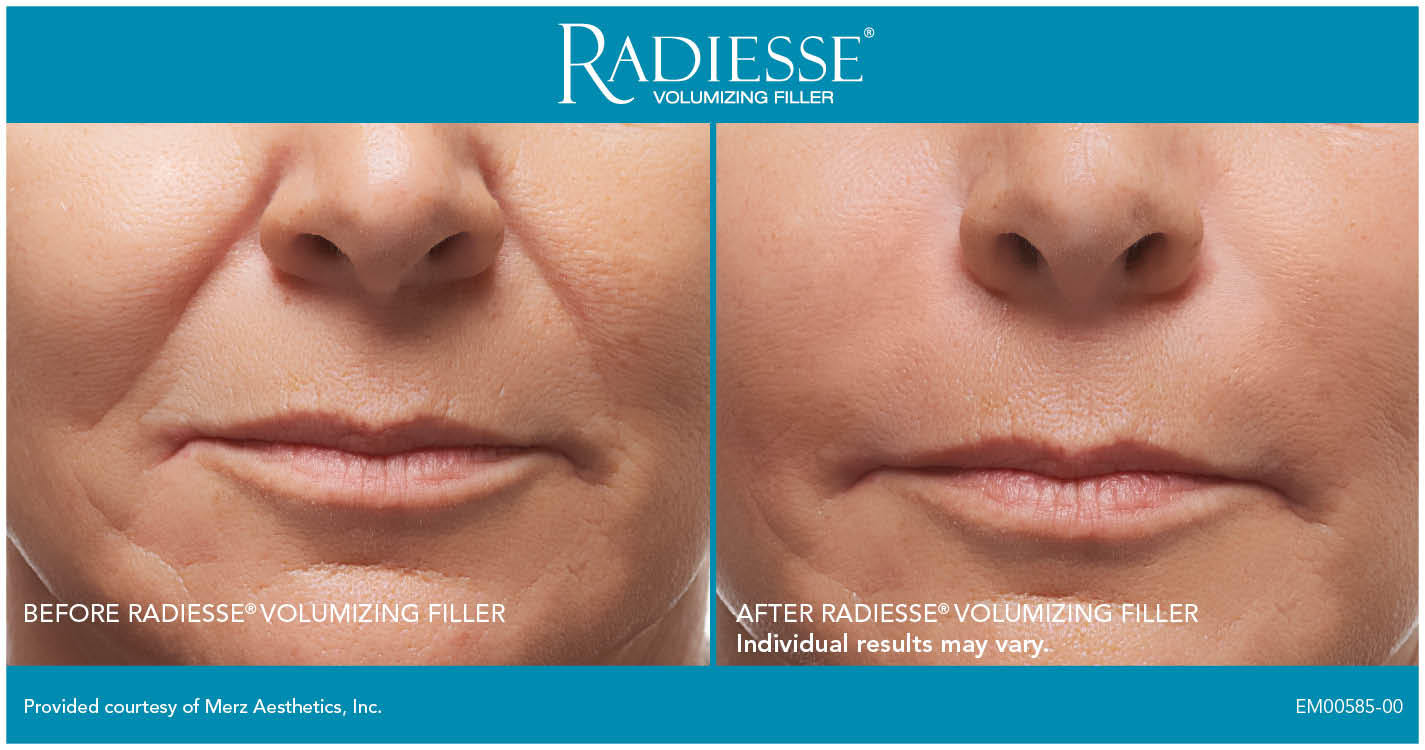 Now is not the time to bargain-shop. While many factors affect costs, at the end of the day, there’s no denying that these products are expensive, says Frank. “When you see deals and bargain prices for injectables, you’re either getting the diluted product or the injector isn’t making money off of it. And if they’re not making any money off of it, they’re likely just using you as practice as they try and build a practice,” he cautions.
Now is not the time to bargain-shop. While many factors affect costs, at the end of the day, there’s no denying that these products are expensive, says Frank. “When you see deals and bargain prices for injectables, you’re either getting the diluted product or the injector isn’t making money off of it. And if they’re not making any money off of it, they’re likely just using you as practice as they try and build a practice,” he cautions.
Bottom line: Steer clear of Internet deals or steep discounts for any kind of cosmetic injection. Discuss your budget with your dermatologist or plastic surgeon and ask about the variation in pricing amongst the different brands, but be ready to pay up.
Injectables and dermal fillers frequently asked questions (FAQ):
What happens when I get a filler?
The dermatologist will use different procedures for different fillers considering the part of the body to be treated and your medical history. Here are some guidelines regarding what to expect:
-
Most filler treatments take between 15 and 30 minutes and require one office visit.
-
-
Your dermatologist will inject the filler into the area, often giving you several injections to produce the best results.
-
You may feel a stinging or burning sensation as the filler is injected.
-
A few fillers require allergy testing to make sure you do not have an allergic reaction.
Why should I use dermal fillers?
Fillers are anti-aging injections that contain a gel-like substance, most often hyaluronic acid, which can give the skin a rejuvenated look. When injected into the skin, dermal fillers quite literally ‘fill out’ lines and wrinkles, volumize hollow, sunken areas of the face and define and reshape facial features.
Dermal fillers can smooth fine lines on the forehead and the lower face. Moderate lines occurring in the mouth to the chin area and the nose to lip corners can be softened. Cheeks and chins can be remodeled and given more definition. Scars can be minimized, while lips can be defined or enhanced, subtly and naturally. Skinboosters can be used to increase hydration to the skin, particularly the face, neck, hands, and décolletage.
Are there any side effects?
Patients may experience some temporary tenderness, swelling, itching, redness, bruising, or bleeding at the injection site. Small lumps or bumps may also appear under the skin. There is a small risk of allergic reaction. In the hands of an experienced doctor, treatment is a safe procedure.
How should I prepare for the injection?
Before your injection appointment, make sure to avoid blood thinners. Thinner blood will make the area more prone to bruising and bleeding, so 10 days prior, stop taking painkillers (e.g., aspirin or ibuprofen), fish oil, and vitamin E—and, yes, stop drinking alcohol, which also thins your blood. And anyone who has a history of cold sores should take their prevention medication two days before the procedure because it could trigger a flare-up.
Is this the right treatment for me?
Although injectable fillers are highly versatile, there are certain cosmetic concerns that cannot be adequately treated with this non-surgical option. For instance, if moderate to significant skin laxity and/or deep folds and wrinkles are present, a surgical procedure such as a facelift or brow lift (depending on the location of one’s concerns) will often provide a superior and longer-lasting enhancement. At the time of the consultation, the doctor can perform a thorough physical examination and comprehensively discuss one’s aesthetic desires to determine the most appropriate treatment options.
How long does it last?
Results can last between 9-24 months, depending on the treatment chosen. Facial filler treatments are temporary so if you decide not to have any more then any remaining hyaluronic acid will be naturally absorbed into your skin, and the effects will fade away.
What must I do after getting a filler?
Most patients can return to their everyday activities after leaving the office.
To reduce any redness and swelling from the injections, your dermatologist may recommend icing the area for 15 to 20 minutes before you leave.
Before you leave the office, you should be able to apply makeup.
After leaving the office, you should:
-
Wait until the next day to exercise or do any other strenuous activity.
-
Stay out of the sun and do not use a tanning bed or other type of indoor tanning.
-
Avoid touching the treated area for three days, unless you receive instructions to massage the area.
-
One filler, poly-L-lactic acid, requires you to gently massage the treated area for about 5 minutes several times a day for 1 to 2 weeks. Your dermatologist will tell you if you need to massage the area.
Is there downtime?
This varies with the filler. Most fillers do not cause downtime. Be sure to ask your dermatologist whether you will have downtime.
When will I see results after getting a filler?
This also varies with the filler. Most fillers fill the skin, so they produce immediate — or close to immediate — results. A filler also can stimulate your body to produce collagen, but this takes time.
Most fillers offer immediate results
You may see other fillers advertised. All fillers listed above have been approved by the U.S. Food and Drug Administration (FDA), except for self-donated fat. This filler does not require FDA approval because it comes from your own body.
Will I look natural?
To get natural-looking results, the person injecting the filler must have expertise in placing the filler.
Dermatologists recommend not overdoing fillers. Your results will look more natural with a conservative approach. For example, patients who have very thin lips should not get dramatically fuller lips. Creating fuller lips in these patients could be extremely unflattering because the lips might start to resemble a duck’s bill.
How long will the results from fillers last?
Most fillers offer temporary results and require repeat treatments to maintain the results.
Temporary fillers offer one key advantage. These can be injected as needed to replace lost fullness. This is advantageous because no matter what we do, our skin continues to age.
How long fillers typically last
You should ask your dermatologist how long the recommended filler should last in the area you want to be treated.
When is it safe to get another treatment?
If you get a temporary filler, you can usually have another treatment when the signs of aging reappear.
What are the possible side effects?
After receiving filler injections, some patients have minor, temporary side effects where they were injected. You may have:
-
Redness
-
Swelling
-
Tenderness
-
Bruising (occasionally)
These side effects tend to clear within 7 to 14 days — if not earlier.
Serious side effects are more likely when the person injecting the filler does not have adequate medical training and experience. To protect your health, you should never get filler injections in a non-medical setting, such as non-medical spa, salon, or someone’s home.
When fillers are injected in a non-medical setting or by an inexperienced provider, reports of more serious side effects increase dramatically. These side effects include:
-
Lumps.
-
Ridges.
-
Over-filled areas.
-
Allergic reaction.
-
Skin discoloration.
-
Infection.
-
Severe swelling.
What is the safety record for fillers?
This is one of the safest cosmetic treatments available. For years, dermatologists have been refining the use of fillers to diminish signs of aging. Today, dermatologists safely treat people of many ages and all skin colors.





